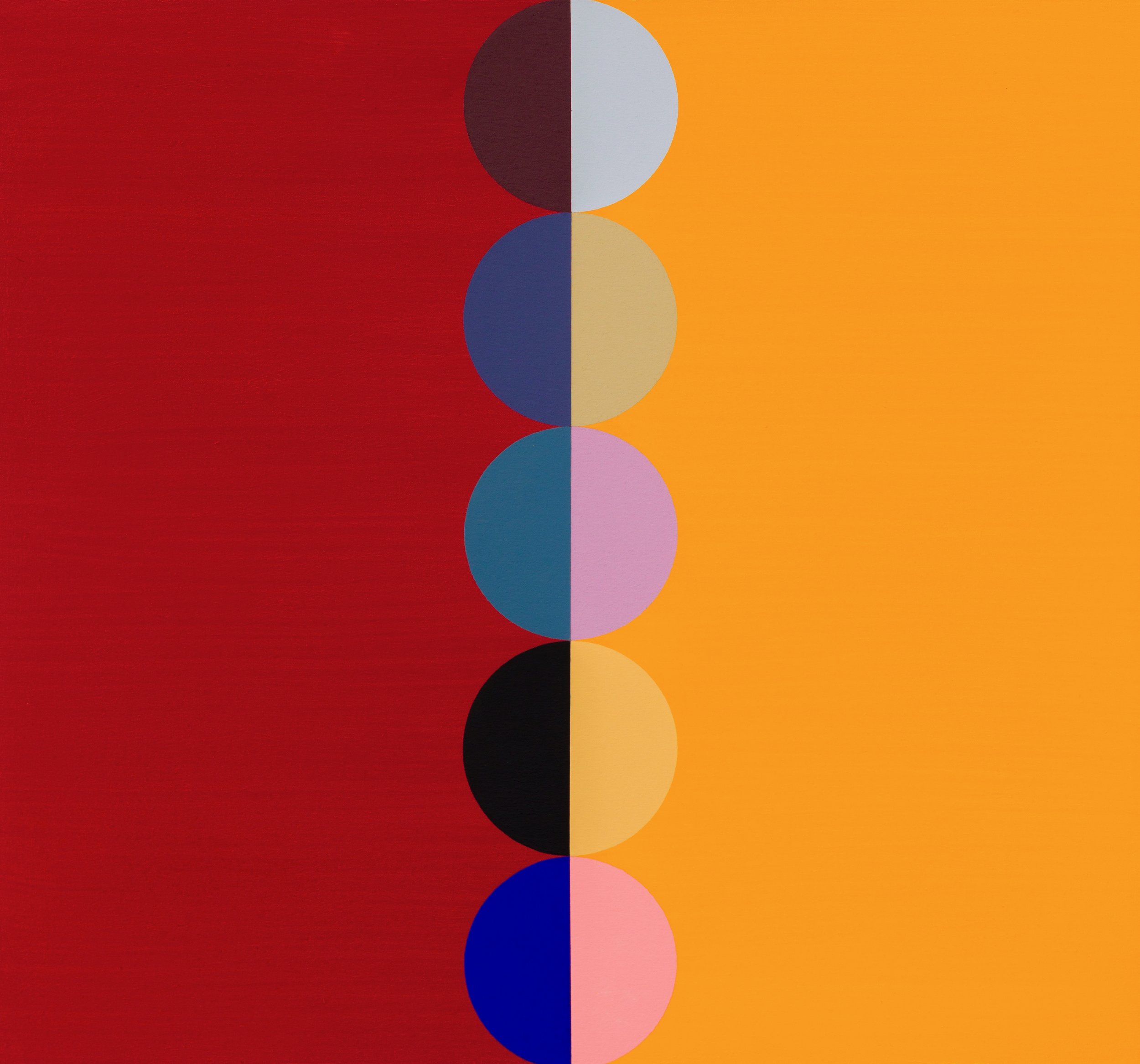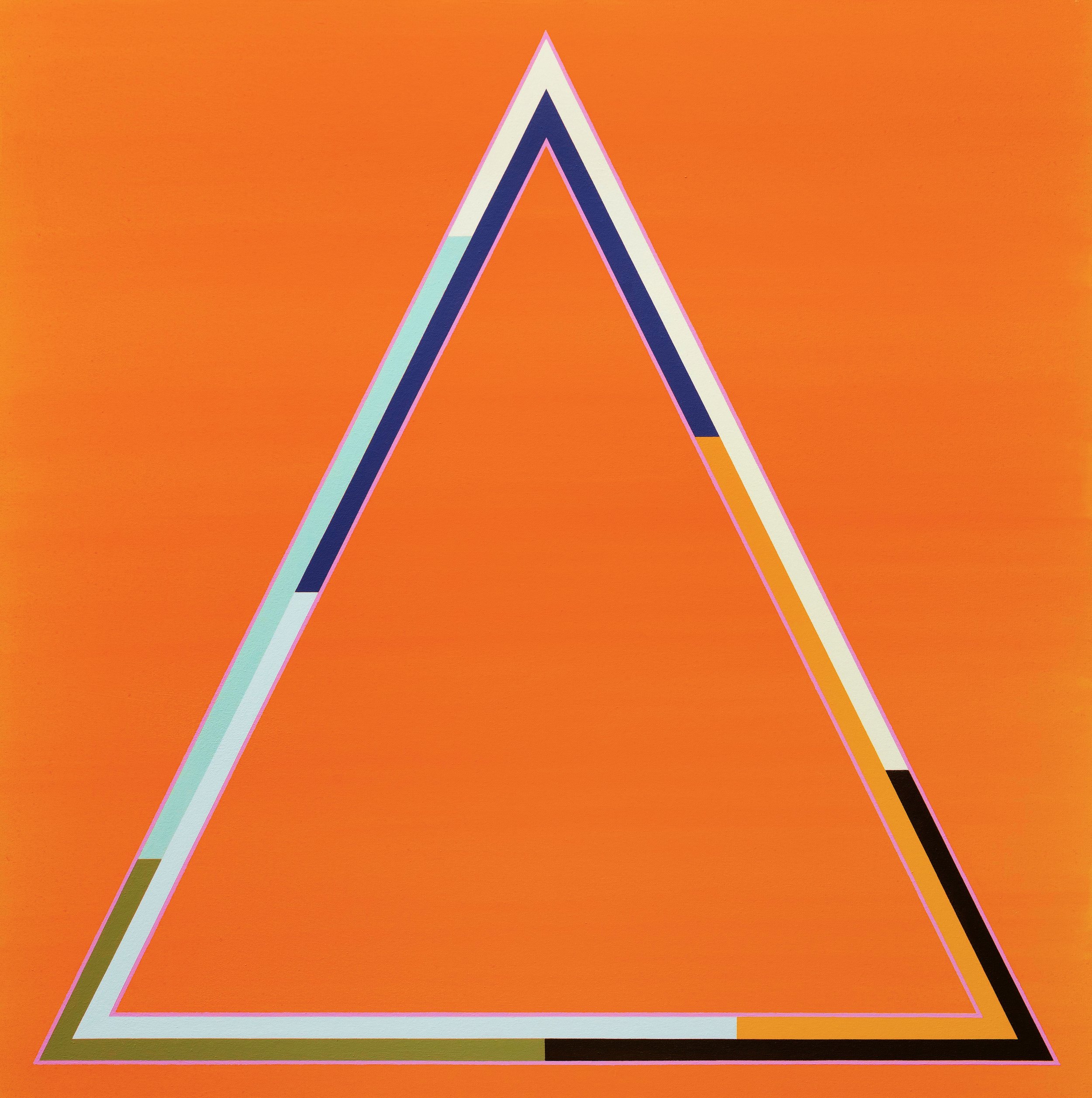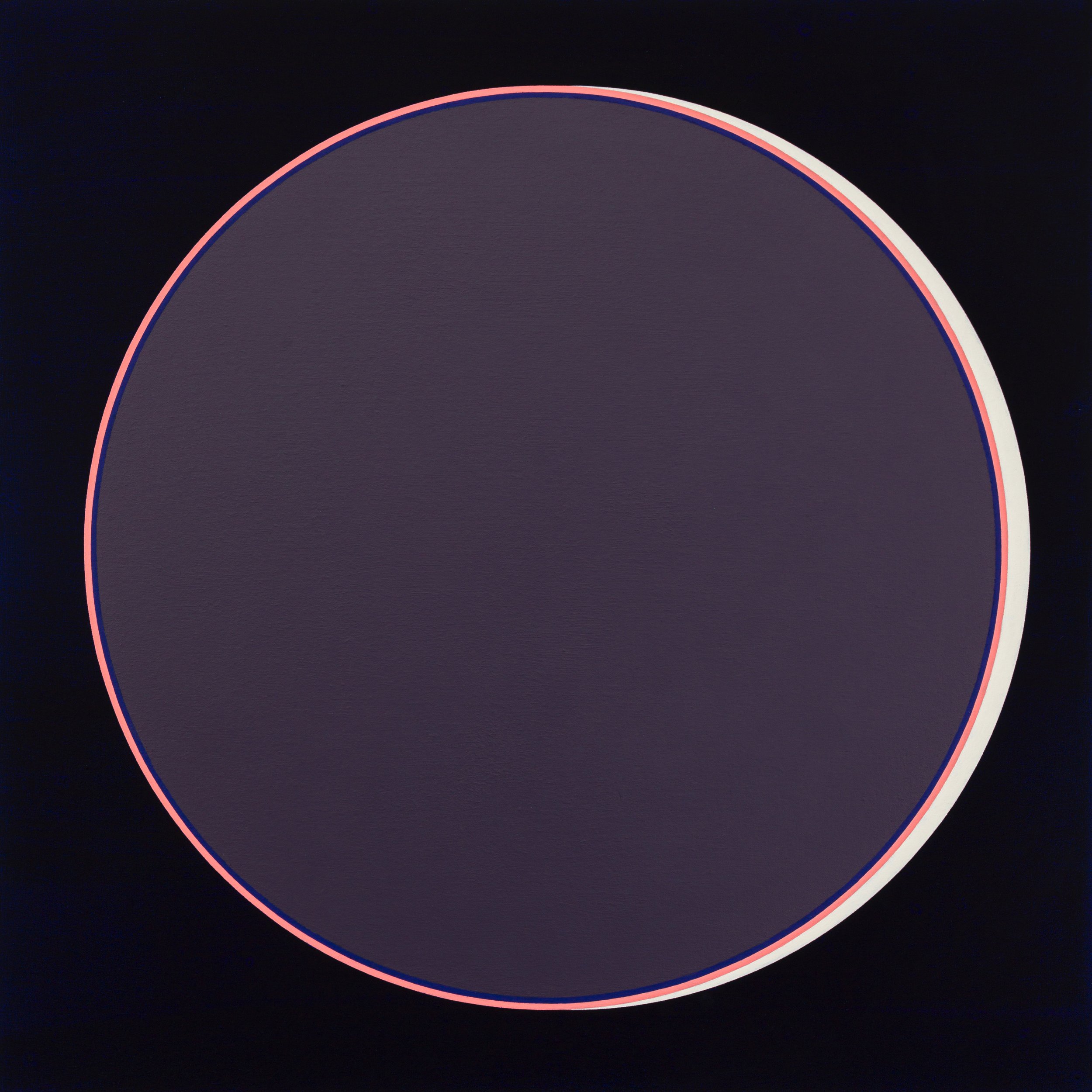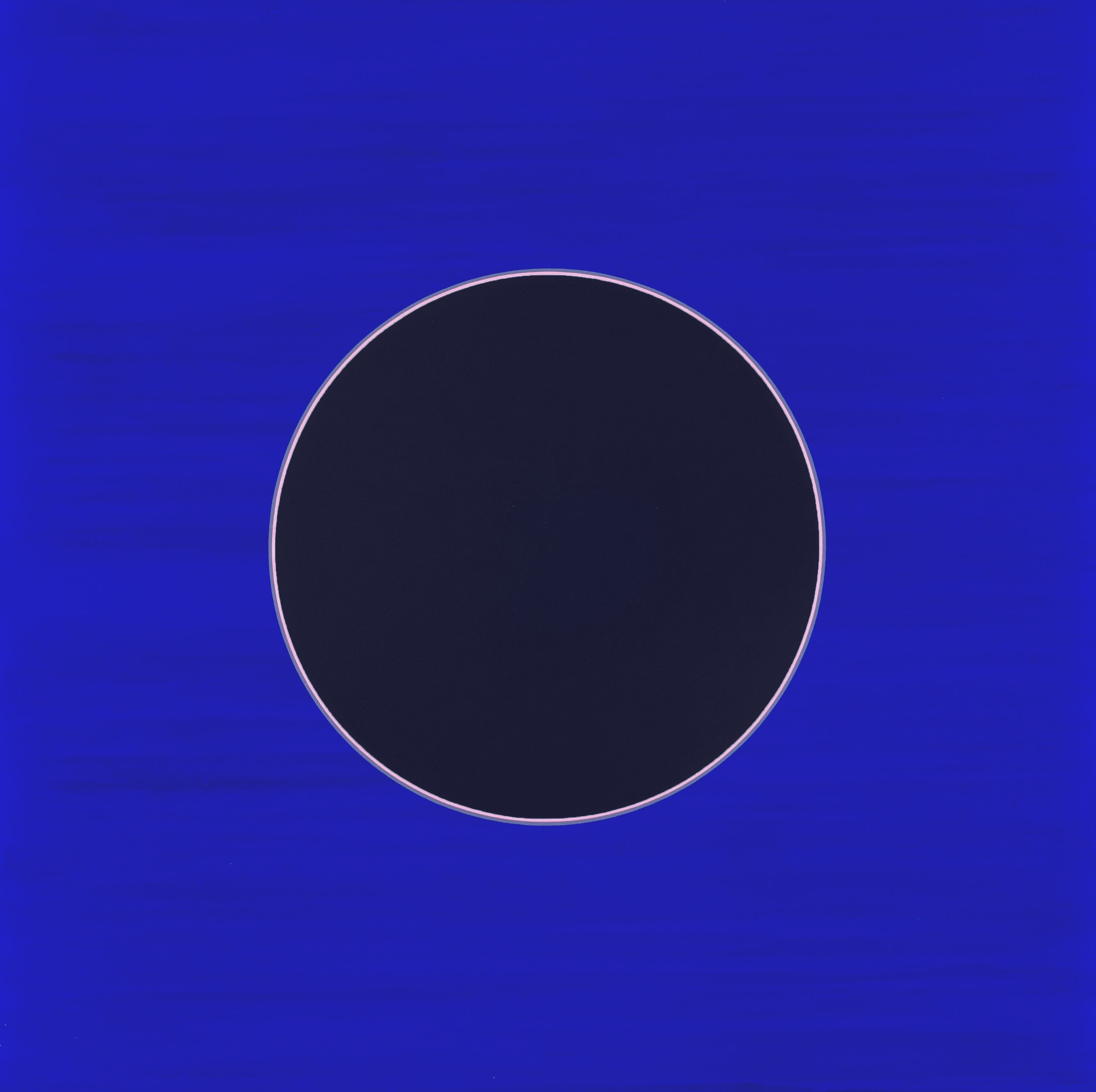ARTIST INTERVIEW: Carol Robertson
Please can you tell me about yourself
I'm painter and printmaker, living and working in London. I studied painting at Cardiff School of Art before doing an MA in Fine Art Painting at Chelsea College of Art in 1980-81. I taught in various art institutions for many years but my main teaching for over 25 years, was as a Visiting Lecturer at Cardiff School of Art & Design. I completed a 5 year Research Fellowship there in 2009 and gave up teaching to concentrate on my own work. Travelling has always been a big part of my life as an artist and I have actively sought residencies that allow me time to work out of London, particularly in Austria, France, Ireland, Italy and USA. I am represented by Flowers Gallery in UK and USA.
What inspired you to make art?
No one thing inspired me to make art, but from an early age I travelled abroad a lot with my parents and always kept drawings and records in notebooks of things I saw. This was definitely a starting point for using art to express myself.
When did you start developing your own unique style? What is it about circles, squares and rectangles that fascinates you? How has your art changed since you started creating it?
My style has evolved over many years, and although always abstract, at art school my paintings were gesturally free and I didn’t use measured geometric formations. When I left art school, lots of artists were starting to influence me, especially from America: artists like Rothko, Kenneth Noland and Agnes Martin. I realised that the kind of abstract paintings I had been making were very much linked to landscape and to a sense of place and that I was justifying the work through the place, and not the other way round. It was at that point I realised I was withdrawing from a pictorial relationship towards a purer, more reductive and geometric abstraction. I started using colour for colours’ sake, rather than descriptively. Geometry gave me freedom: it took away the chaos of multiple choices.
I first started using circles in the late 1980’s, just before doing a Rome Scholarship in 1993. The starting point was architecture. When I went to Rome, I saw circles everywhere; in ancient classical ruins, in churches, in architectural form and detail. However, the circle means many things to me; it’s not just about making architectural connections. It has many symbolic references. It has a cosmic relationship with the earth, with the sun, moon and circadian rhythm. It’s the line that has no beginning or end, a symbol of wholeness and completion. It is the purest of all geometric forms. I also use the triangle the square and the rectangle, but I see circles as my archetype, my ideal form.
Describe your creative process; from start to finish of a painting. Where do you find your inspiration?
I usually work on canvas, but for small works I occasionally work on board. I’ve always used oil paint in preference to acrylic... I prefer its touch and texture, its colour range and it’s slower drying properties. In recent years, I often start by pouring liquified layers of oil paint mixed with white spirit onto the canvas to create saturated atmospheric grounds on which to draw and paint my geometric motifs. It gives the motifs a contextual space in which to exist, rather than a flat monochrome surface. I draw the compositions with pencil, using a ruler or compass. Then, I slowly build up the colours with small brushes. It's a slow meditative process but one that I enjoy. The colour changes a lot. It’s never achieved in one go, so there’s a discreet physicality in the history of the surface. Colour, like music, is where my feelings and emotions are channelled; it’s where the light and dark gets in, where my relationship with the world re-connects.
I don’t deliberately set out to make optical paintings, but I accept that my colour can become optical. It can produce quite strong after-images. If it feels wrong I change it, or moderate its influence by contrasting it with adjacent colours. I was never trained in colour theory; I prefer to learn as I go along. I like the spatial possibilities colour sets up, its push and pull. I often make strong associations with things I see and experience in the real world, particularly in terms of quality of light.
Who is your favourite artist and why? Do they have an influence on your work?
Hard to choose a favourite artist. I love many artists, for different reasons. Rothko is probably my favourite painter in the Modern era: a magician with spatial colour and a soft touch, with dark and light, with mood and a longing for the spiritual sublime.
What is your favourite piece of work you have created and why?
I don’t have a favourite work, but my circle paintings tend to be the ones I feel closest to. In 2019, I made a large painting called 'Quiet Mind’ after a year of illness and it always gives me joy to see it, It’s full of light, but there’s an element of darkness too, reminding me of that time.
Do you work on multiple pieces at a time or just focus on one piece of artwork?
I usually work on several paintings at any given time.
What is the best piece of advice you have been given as an artist?
Take time.
Why do you think art is important in society?
Art is an expression of civilisation. It is human. It extends the boundaries of what is possible.











